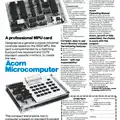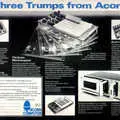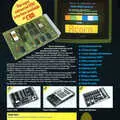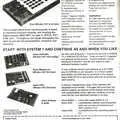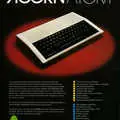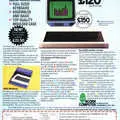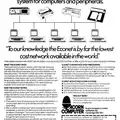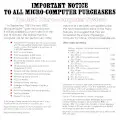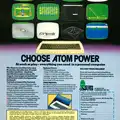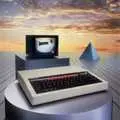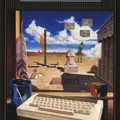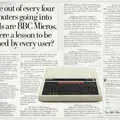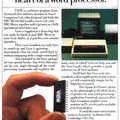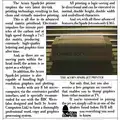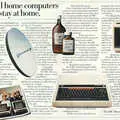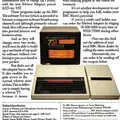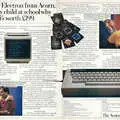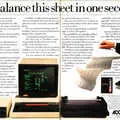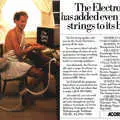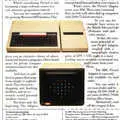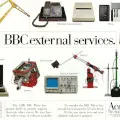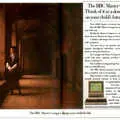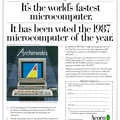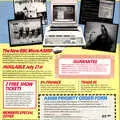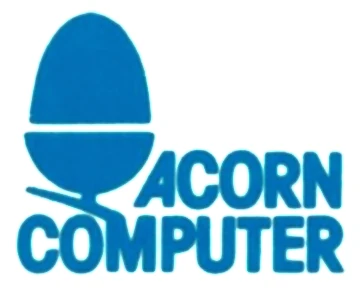
Acorn Advert - March 1981
From Practical Computing
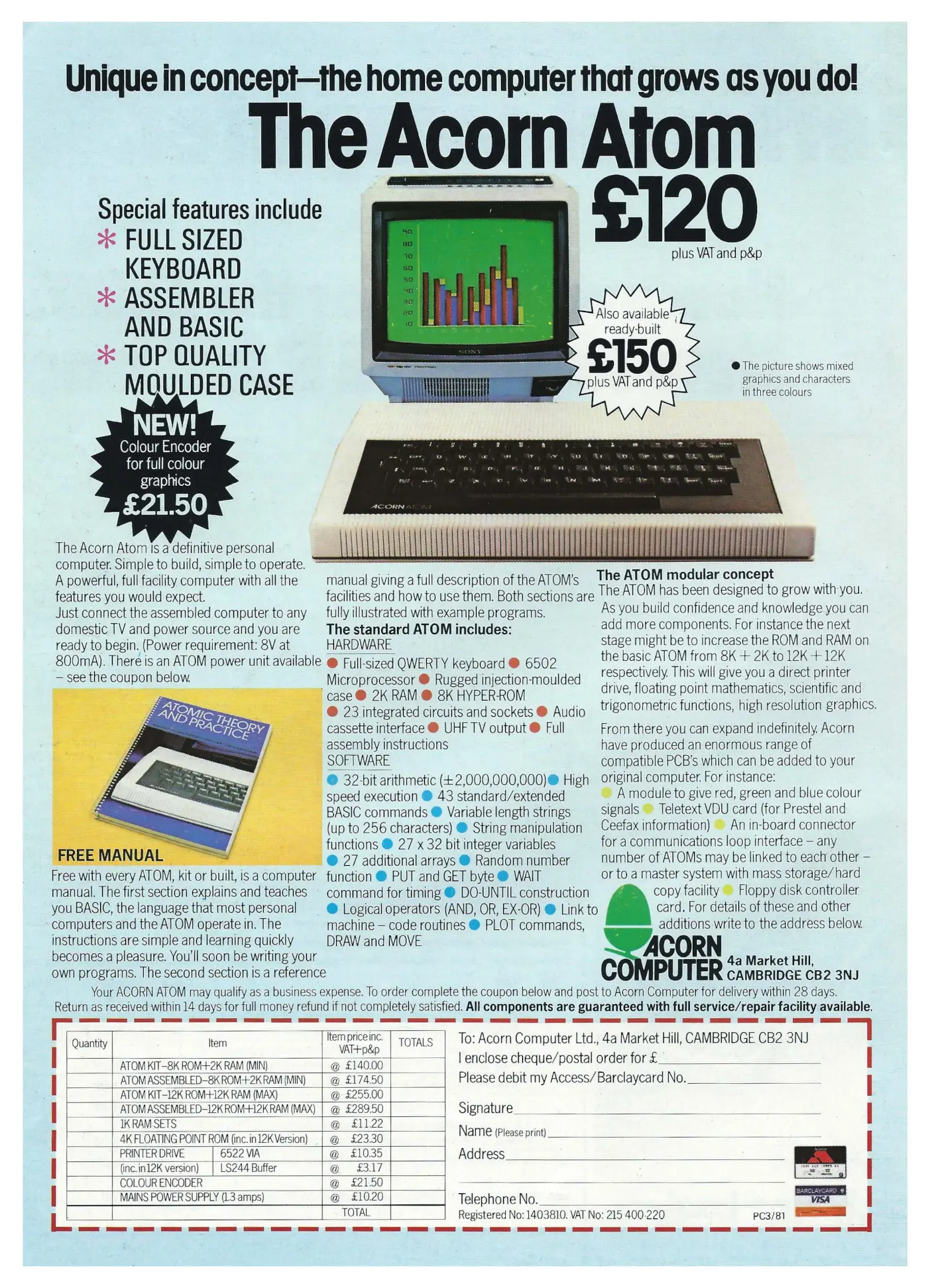
Unique in concept - the home computer that grows as you do!
The Acorn Atom was a 6502-based 8-bit computer that in its basic version managed to pack even less RAM than the VIC-20: 2K compared to 3.5K.
However, it was very modular and so could be expanded easily enough, and if nothing else its relative success for the company let Acorn continue on to produce the UK legend that was the BBC Micro, and eventually the ARM processor.
However, the Atom - and Acorn - came under pressure during 1981[1] with the "blaze of publicity" surrounding the up-coming, but eventually delayed, launch of the company's next machine - the Proton - soon to be known as the BBC Micro.
Now often known as the "Osborne Effect", but also suffered by Nascom when the Nascom 2 was first rumoured, and North Star even before that, the drawback of talking about newer or cheaper (although not in the case of the Proton) or just better-specced machines not yet released is often that sales of the current model - which may be financially sustaining the company - dry up, sometimes completely.
This effect is often credited with causing the collapse of Osborne, although it certainly wasn't the only factor that caused the demise of the famous US company.
The Atom was priced at £150 plus VAT (about £760 in 2025) built, but was also available for £30 less in kit form - a procedure which was not without risks as it's obviously impossible for the company to fully test that the machine is "working" if it's not yet even built.
A letter in April 1982's Personal Computer World pointed out that two of the transitors supplied in an Atom kit were completely the wrong type, with PNP being supplied instead of NPN - electronically about as bad a putting a battery in backwards.
This led led to poor video output and when questioned, Acorn revealed that about 100 kits had been sent out like this[2], although it seemed that there may have been more.
Most users would probably have never known about it and would have carried on regardless with a fuzzy picture, assuming that that was simply how it looked.
At least Acorn's mistake appeared to be genuine, in an era where there were persistent rumours that some unscrupulous companies were supplying kits for micros or add-in cards with known faulty components, and then claiming that they must have been damaged during assembly.
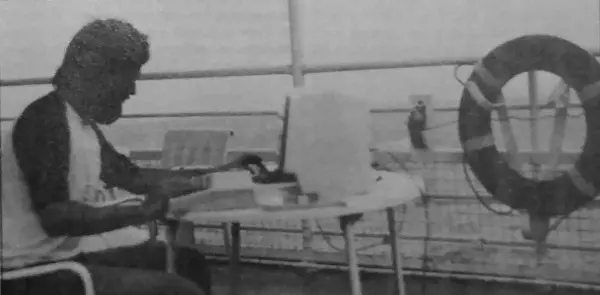
The Atom on board the RMS St. Helena, © Practical Computing, March 1982Meanwhile, in the spring of 1982, Acorn was busy showing off how an Atom had performed both on a ship, and on the remote island of St. Helena.
The machine had been used in a field exhibition mounted by the geography department of University College London and, despite dodgy power supplies in both locations, had "worked perfectly"[3].
The arrival of the Atom, which had been built from a kit by expedition deputy leader Tony Nicholson, was also notable as it was the very first computer on the island, a British colony located some 2,000 km south of the equator and which didn't even have a runway.
Its primary use was to analyse the results of a questionnaire sent to a thousand of the island's 5,000 inhabitants sometime before the voyage set off, but perhaps its sternest test came when it was "hammered" by classes of schoolchildren "who had never before played, or even seen, Space Invaders"[4].
Date created: 01 July 2012
Last updated: 11 March 2025
Hint: use left and right cursor keys to navigate between adverts.
Sources
Text and otherwise-uncredited photos © nosher.net 2025. Dollar/GBP conversions, where used, assume $1.50 to £1. "Now" prices are calculated dynamically using average RPI per year.
